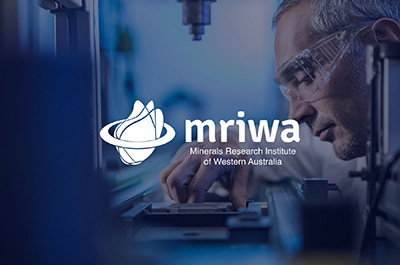De-risking of Electric Smelting Furnaces for Australian Ores (HILT CRC Drawdown)
Project Overview
Project Number
Total Grant Value
Program Area
MRIWA Contribution
Project Theme
Project Period
The Challenge
The iron ore industry is the State’s largest and most important industry, providing direct and indirect economic and social contributions which are greater than any other industry to the State. It’s contribution is also significant to the national economy.
The ores produced in Western Australia have been targeted as blast furnace feed through a sinter plant. How can our iron ore grades be use to make green steel using alternative process? Direct Reduced Iron ( DRI)? Is an Electric Smelting Furnace ( ESF) an economic solution to enable a wider range of local ores to be used in the future?
Proposed Solution
This project is looking at key issues associated with the processing of Australian iron ores through the Hydrogen DRI-ESF route, in particular to understand how gangue content, form of the DRI, operating temperature, and carbon content of the ESF bath affects productivity, energy usage, metal chemistry (particularly, Silicon, Manganese and Phosphorous) and the potential of the slag to be sold as product. The potential to process scrap and waste oxide materials in ESF will also be assessed. The study will use thermodynamic and heat transfer models to compared against laboratory smelting experiments and industrial data. Techno-economic analysis of the options will follow from this study building on previous models and the detailed results obtained from the study. Recommendation on the viability of this route for processing Australian Iron ores will be made.
Proposed Benefits to WA
A wide range of ores will be suitable for making green iron and exported to make green steel. The use of renewable energy, natural gas and hydrogen rather than coking coal has the potential to reduce emissions in iron making by 65 to 80%.
Adoption of the process by steelmakers will increase the demand for existing and new grades of iron ores. Processing of iron ores to suit the Asian market demands of the future will ensure the viability of the industry.
This project may support the larger scale Neosmelt ESF project expected in 2028
Benefiting the knowledge and job skills local manufacturing SME and communities, government.
Similar Projects
Page was last reviewed 18 December 2024

